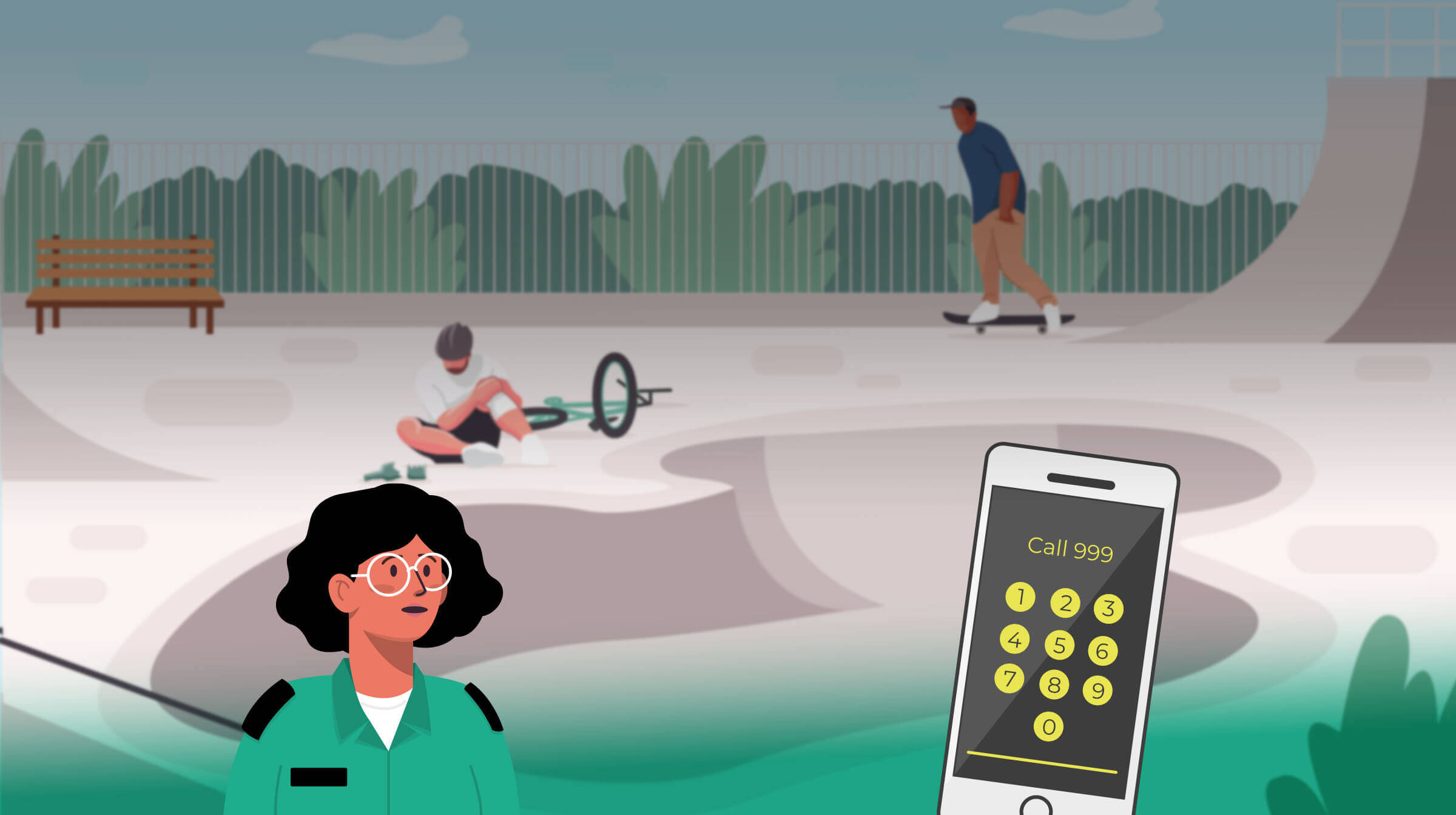Gamifying life-saving skills for youth
Making first aid education fun, engaging, and impactful with gamification

Making first aid education fun, engaging, and impactful with gamification

St. John Ambulance aimed to extend their in-person first aid training to a broader audience, particularly targeting young people aged 12-18 who might not engage with traditional training methods. The challenge was to balance educational content with engaging, gamified elements to make learning both fun and impactful.
In collaboration with iDEA, micro-learning was chosen as the ideal approach. This allowed us to break down essential first aid skills into bite-sized, interactive modules that could be easily accessed and completed by young learners.

To start, we focused on creating detailed storyboards and wireframes to outline the user journey and ensure a seamless, intuitive learning experience. These visual aids helped us map out each step of the digital badge, from introducing first aid concepts to interactive assessments. We then conducted several interactive sessions with young members of the St John Ambulance groups. Their feedback was invaluable, offering real-world insights into how the content could be made more engaging and relevant. This direct engagement with the target audience ensured that the final product would resonate well with the intended demographic.
In addition, we developed a series of vibrant and engaging illustrations to enhance the learning experience. These illustrations were designed not only to explain first aid concepts clearly but also to make the learning process visually appealing and enjoyable. By integrating these elements into the badge, we aimed to create a more immersive and interactive experience that would keep young learners engaged. This approach ensured that the educational content was both accessible and appealing, effectively balancing serious learning with elements of fun and engagement.
When considering our approach to the build, we took into account the need for different question styles to ensure that as young people progressed through the game, they were absorbing the necessary skills to provide first aid.
We decided to build the game using a JavaScript front-end framework that would create a ‘single page’ experience and allow for complex state management. We chose Alpine JS, which allowed us to provide a mix of multiple-choice questions, image selections, ordering questions, and more, meeting the requirement of it being a gold badge on the iDEA website. This also allowed users to leave the game and return later, picking up where they left off.
Once the solution was complete, we used an API to connect to the iDEA platform and integrate the game into other parts of the system, such as the user account.
Learning hours spent
Completed badges
For User Experience

We design and build custom apps that bring your ideas to life. Let’s talk about how we can help turn your vision into reality.